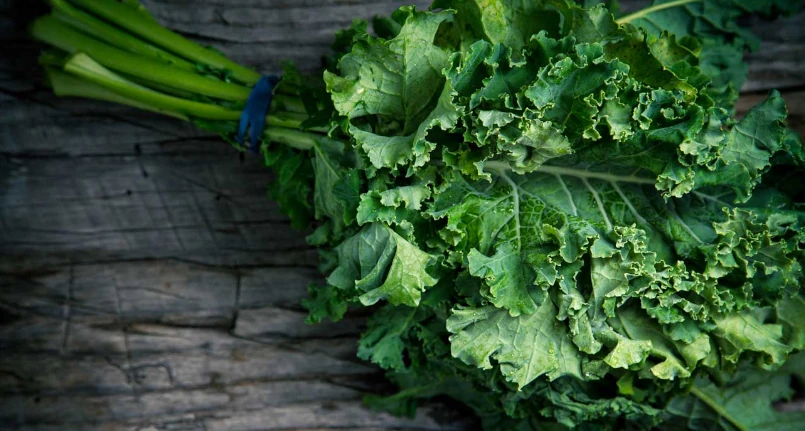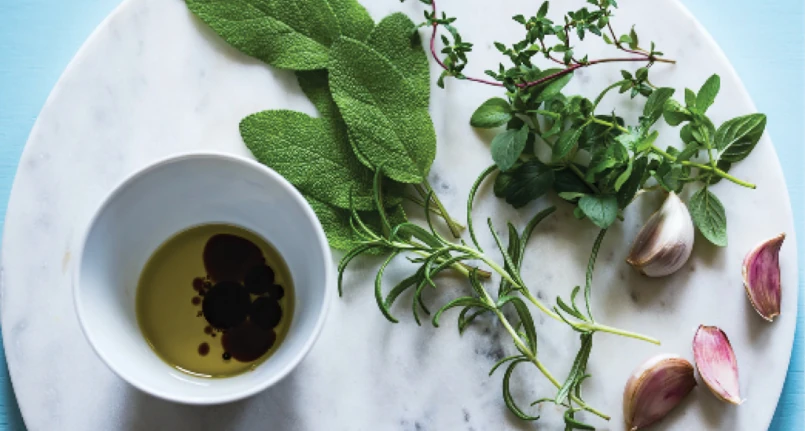Introduction
Among the healthiest vegetables , we undoubtedly find kale , or kale, rich in all kinds of beneficial compounds, some of which have powerful medicinal properties. Kale is a popular leafy vegetable that belongs to the cabbage family, more specifically cruciferous vegetables such as cabbage, broccoli , cauliflower , kale, and Brussels sprouts . Its leaves can be green or purple and have a smooth or curly, crinkled shape. The most common type of kale is also called kale, and has green, curly leaves and a tough, fibrous stem.
Property of Kale
Curly kale is a food that contains few calories , even if, in the variegated world of vegetables , it is considered a medium energy product . Calories are mainly supplied by carbohydrates , followed by proteins and finally by almost non-existent amounts of lipids . Cholesterol is absent and fibers are abundant . Curly kale is a mine of mineral salts : it contains high amounts of potassium , calcium and iron. Among the vitamins, we find ascorbic acid (vitamin C), carotenoids (pro vitamin A ) and folate . Kale is also rich in phytosterols and polyphenols , powerful antioxidants, and many purines.
Kale fibers…
The fibers contained in curly kale are able to prevent and counteract constipation ; they also help to modulate intestinal absorption, decreasing the uptake of fats and cholesterol, and regulating the glycemic – insulin spike . Consuming kale is therefore beneficial for people with type 2 diabetes and metabolic syndrome .
Antioxidants and Vitamins in Kale
Kale or kale, like other leafy greens, is very rich in antioxidants. These include beta-carotene and vitamin C, as well as various flavonoids and polyphenols. Antioxidants are substances that help counteract the oxidative damage caused by free radicals in the body, which are the main factors in aging and in many diseases, including some forms of cancer. Among the flavonoids, quercetin is found in relatively generous amounts in kale. This substance, according to numerous researches, would have protective effects for the heart , anti-inflammatory , antiviral , anticancer , andhypotensives , among others.
Kale also boasts an interesting vitamin profile . Vitamin C, present in moderate quantities, is, as is known, an important water-soluble antioxidant which performs many vital functions in the body, such as the synthesis of collagen, the most abundant structural protein in the body. Kale is much higher in vitamin C than most other vegetables, containing about 4.5 times as much as spinach . Another essential vitamin present in kale is vitamin K , essential, for example, for blood clotting , in the prevention of osteoporosis and some heart diseases, urinary tract protection, and natural anti- aging action . The form of vitamin K in kale is K1, which is different from vitamin K2, found mainly in fermented soy foods .
Did you know that…
Curly kale is an ally in weight loss . With only 20-30 kcal per 100g and a respectable nutritional heritage, kale is used in diets that promote weight loss . This broad leaf vegetable, in fact, boasts various properties: it can be very low in calories, it provides water, proteins and fibres, with a high satiating power .
Reduces cholesterol and heart disease
The liver converts cholesterol into bile acids , which are then released into the digestive system whenever a high-fat meal is eaten. When all the fat has been absorbed and the bile acids have done their job, they are reabsorbed into the bloodstream and used again. Substances called bile acid sequestrants , found largely in collard greens, or kale, can bind bile acids in the digestive system and prevent them from being reabsorbed. This reduces the total amount of cholesterol in the body. Eating curly kale therefore helps to lower icholesterol levels , which can lead to a reduced risk of heart disease over time.
Kale in the kitchen
The taste of curly kale, a real super food, is less sweet and delicate than kale , vaguely bitter and quite earthy. In the kitchen it is used in the preparation of side dishes, salads , as a condiment for first courses and appetizers ( pasta with curly cabbage, orzotto with curly cabbage, cicerchie and curly cabbage soup) in soups such as the traditional Tuscan ribollita, but also as pesto or velvety. Given the choice, it is advisable to consume kale raw, or steam it or keep its cooking water for the preparation of soups or as water in which to boil pasta orrice , avoiding boiling (or drowning), which causes the loss of many water-soluble nutrients including above all minerals.




